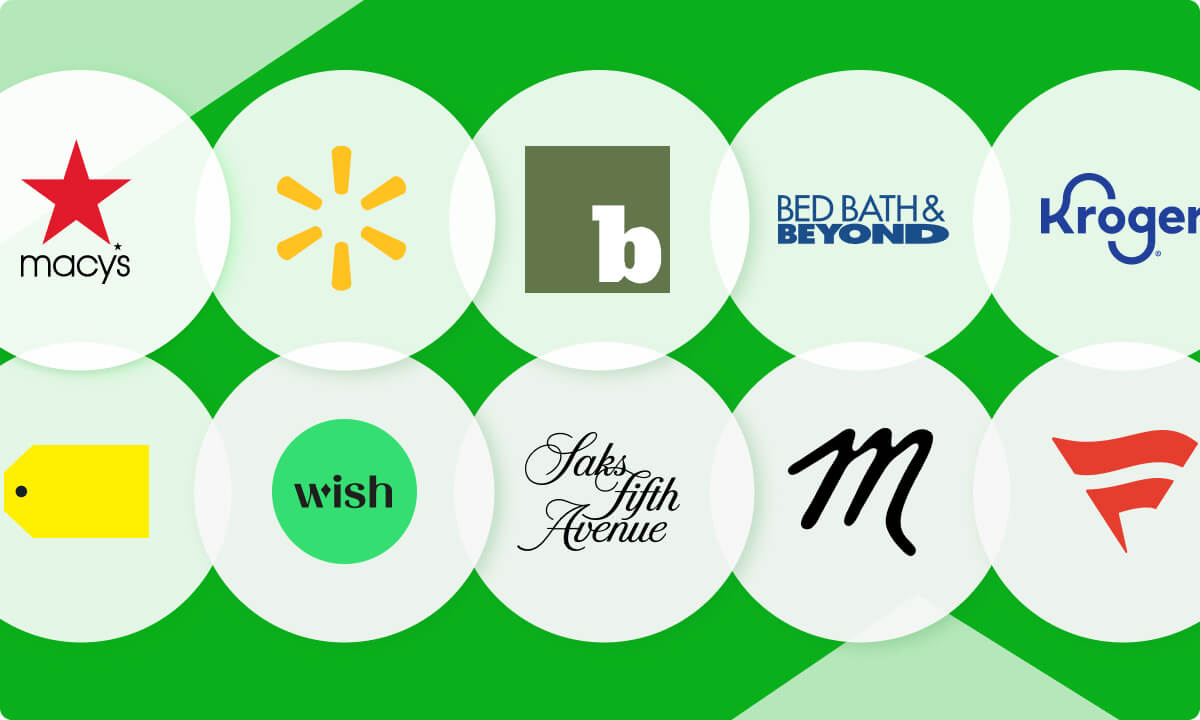The internet has significantly changed the business landscape, offering exciting opportunities for merchants. Online marketplaces are now filled with potential customers, creating a digital marketplace that operates 24/7. Sellers from all over the country showcase their products to a ready-to-buy audience. If you haven’t joined this virtual marketplace trend, you’re not just missing out on casual sales; you’re overlooking a potential business revolution.
In the world of eCommerce, connecting with reputable platforms can greatly boost your business. Customers flock to these online marketplaces not only for the convenience but also for curated selections and reliable buying experiences. As someone who aims to succeed in sales, ignoring these platforms as a sales strategy is akin to leaving money on the table – and who wants to do that?
You might be wondering, “With so many options, which marketplaces should I choose?” Don’t worry; this article is designed to help you navigate the top online marketplaces in the US. We’ll explore why each chosen platform could contribute to the success of your products, with a focus on profitability and visibility.
Macy’s
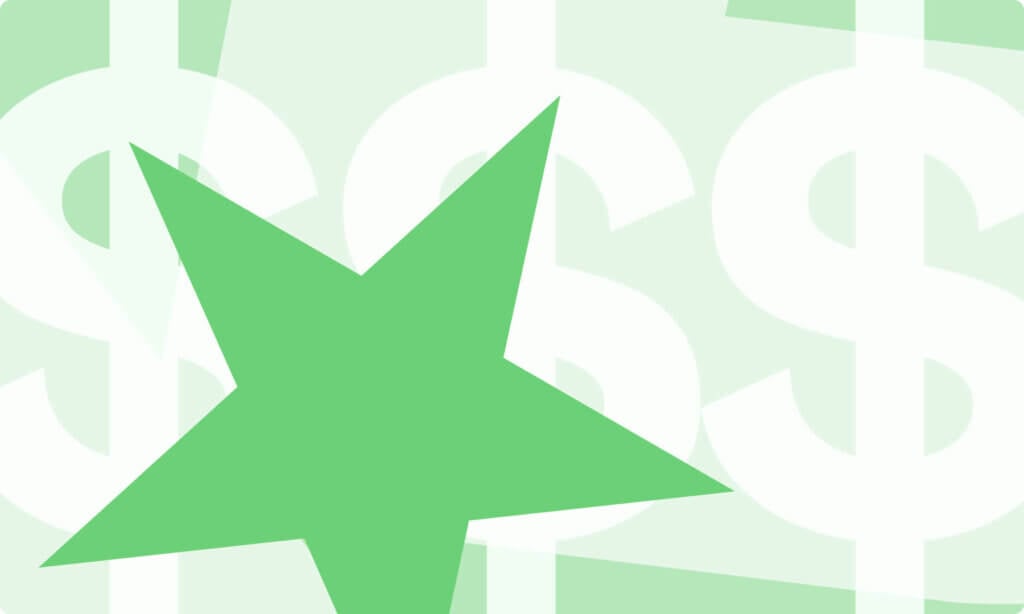
Macy’s emerges as a formidable player in the world of eCommerce. Beyond its iconic department stores, Macy’s has established itself as a thriving online marketplace, providing a platform for sellers to connect with a vast and discerning audience.
Cost of Selling on Macy’s
When it comes to selling on Macy’s, there isn’t a one-size-fits-all answer, generally, sellers may encounter a combination of commission fees, listing fees, and potential monthly fees depending upon your vendor agreement and the categories you’re selling in. To get specific figures, reaching out directly to Macy’s for their current vendor terms is essential, as these costs can shift over time and with different product categories.
Why Sell on Macy’s?
Macy’s stands out as one of the best marketplace websites because it holds an esteemed position in retail history.
- Customer Base: Macy’s reports a sales revenue of $23.76B in 2023. By partnering with this established brand, you have the opportunity to benefit from its extensive loyal customer base and earn your slice of the pie.
- Brand Association: Selling through Macy’s potentially opens up avenues for higher visibility and reputed affiliation for your products. This trust factor is critical when considering where is the best place to sell items online – after all, being seen on platforms trusted by consumers can directly influence buying decisions.
- Access to Promotions: With its devoted following and prime positioning for key shopping events like Black Friday and holiday sales seasons, you’ll find that investing in a partnership with Macy’s might just pave the way for substantial growth. Sellers will have the opportunity to participate in flagship and category-specific sales and promotions to boost sales. Marketplace items are also included in Macy’s Star Rewards customer loyalty program, making them even more attractive to our most engaged customers.
Selling on Macy’s?
Learn about the eDesk & Macy’s integrations and take your customer service to the next level
Customer Service Software for Macy’s Marketplace Sellers ->
Walmart
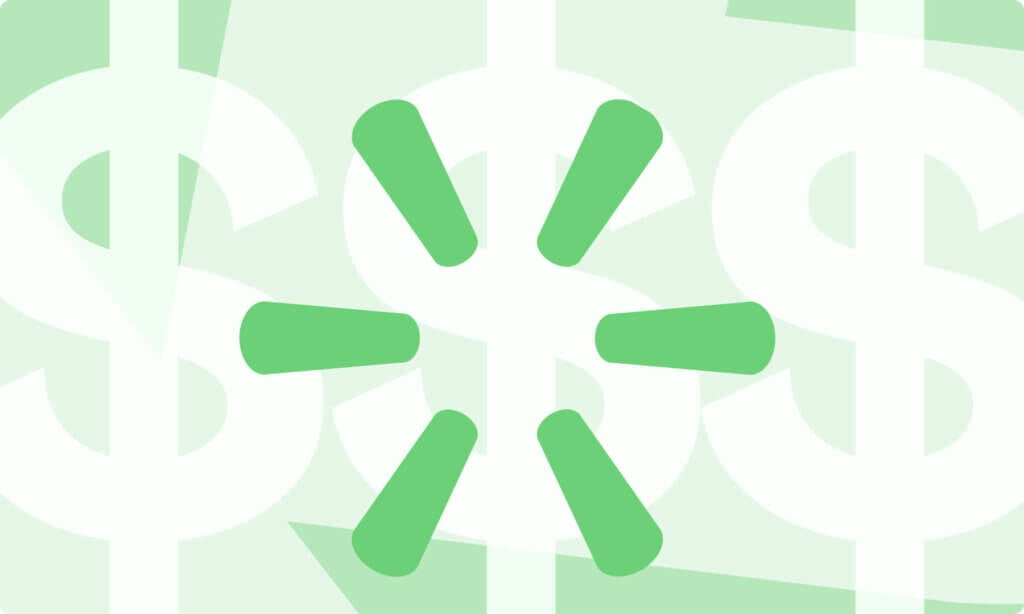
As one of the top marketplaces in the United States, Walmart’s online presence offers a robust platform for sellers looking to tap into a vast and varied customer base. Often referred to as one of the best marketplaces online options, it attracts millions of shoppers who are ready to buy.
Cost of selling on Walmart
Selling on this giant e-marketplace is an attractive proposition, but what does it cost? Well, you’ll be pleased to know that setting up shop on Walmart.com is free—there are no monthly fees or initial setup costs, which can be quite appealing. Instead, the platform operates on a commission model where you’re charged a reasonable referral fee once an item sells. These fees vary depending on the category your product falls under, typically ranging from 6% to 15% of your product’s sale price.
Furthermore, while there may not be subscription costs, investing in competitive pricing and marketing strategies could incur additional expenses–a necessary investment for standing out in such a bustling marketplace eCommerce environment.
Why sell on Walmart?
For businesses eager to expand their digital footprint across respected e-marketplaces, joining forces with Walmart might not only be strategic, but also necessary for staying relevant in today’s cutthroat online arena.
- Reach new audiences: Thousands upon thousands flock daily to walmart.com seeking everything from electronics to apparel. Being amidst that stream of potential customers could significantly boost your brand’s visibility and sales numbers.
- Brand association: But maybe its most convincing attribute lies in its reputation. As an esteemed name in retail—synonymous with affordable quality – aligning yourself with the brand can transfer some trust over to you by association. And that seal of approval could just be what sets you apart from competitors within this fast-paced world of marketplaces eCommerce.
- Seller support tools: Moreover, Walmart offers a compelling suite of seller tools designed to streamline operations; from inventory management systems that sync with your existing software to detailed analytics insights helping track performance and make informed business decisions.
- Convenient Fulfillment:Walmart provides eligible sellers with the advantage of free two-day shipping, enhancing the appeal of your listings to customers. Enjoy the benefit of swift shipping comparable to Amazon Prime, all without the intense competition. For a small fee, you’ll even have access to Walmart’s fulfillment service. Simply ship your inventory to Walmart and let them take care of the logistics for you.
Selling on Walmart?
Learn about the eDesk & Walmart integrations and take your customer service to the next level
Customer Service Software for Walmart Marketplace Sellers ->
Bonanza
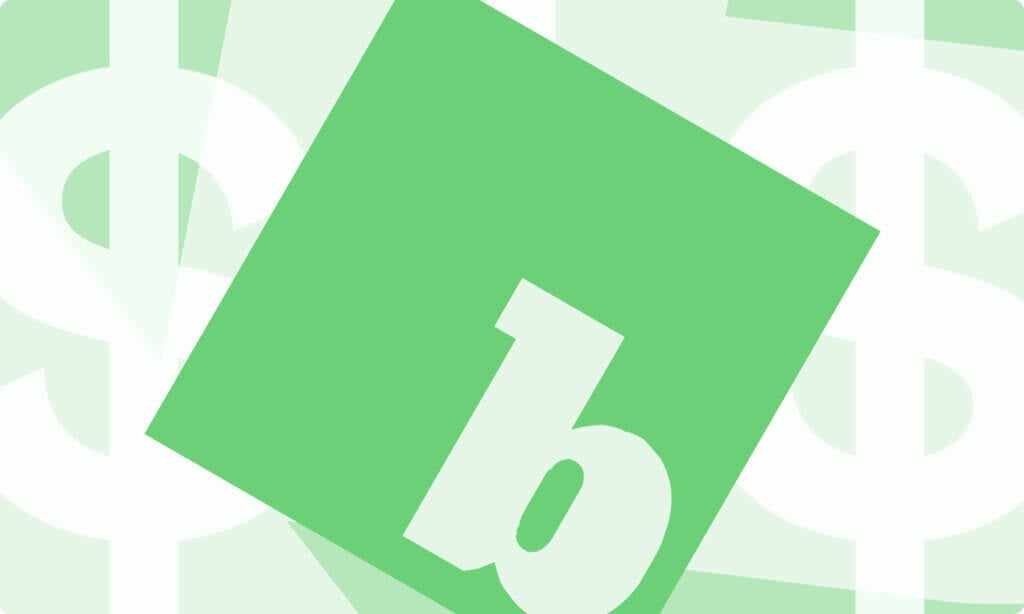
Bonanza has carved out a niche for itself as a vibrant, seller-centric online marketplace. It differentiates itself by stressing the importance of creating an entrepreneurial environment where smaller businesses can thrive.
Cost of Selling on Bonanza
On Bonanza, you’ll find that getting started is budget-friendly. Listing your items is actually free – yes, you read that right! There’s no fee to list your products. When they sell, Bonanza only charges a base 3.5% fee from the final sale price (assuming the sale price is over $500; if under $500, there’s a minimum fee of $0.50). This cost-effective approach makes it one of the best places to sell online in 2022 and beyond.
Now, should you wish to amplify your visibility and boost sales, Bonanza offers optional advertising programs which adjust the final commission rate based on how much buyer traffic you’d like them to drive to your listings.
Why Sell on Bonanza?
For starters, Bonanza is often touted as the best way to sell stuff for entrepreneurs looking for less competition compared to titan sites like Amazon or eBay. Here are a few more compelling reasons:
- User-Friendly Platform: The setting up process on Bonanza is incredibly straightforward and hassle-free—tailored towards those valuing simplicity.
- Built-in Customer Base: Embracing its quirky nature has built Bonanza a loyal following. These shoppers frequent Bonanza, seeking unique finds away from mainstream marketplace websites.
- Empowering Sellers: Fostered by tools such as direct chat with buyers, detailed performance stats and the integration with Mirakl Connect—an enterprise platform for managing marketplace operations—sellers have everything they need at their fingertips.
- Customizable Booth Options: Imagine being able to personalize your own little corner of the internet—your ‘booth’ on Bonanza can reflect your brand in look and feel.
Thinking about expanding into new digital territories? Those who are looking for not just any site, but the best site to sell items would do well considering adding their flare to the variety-packed expanses of Bonanza.
Selling on Bonanza?
Learn about the eDesk & Bonanza integrations and take your customer service to the next level
Customer Service Software for Macy’s Marketplace Sellers ->
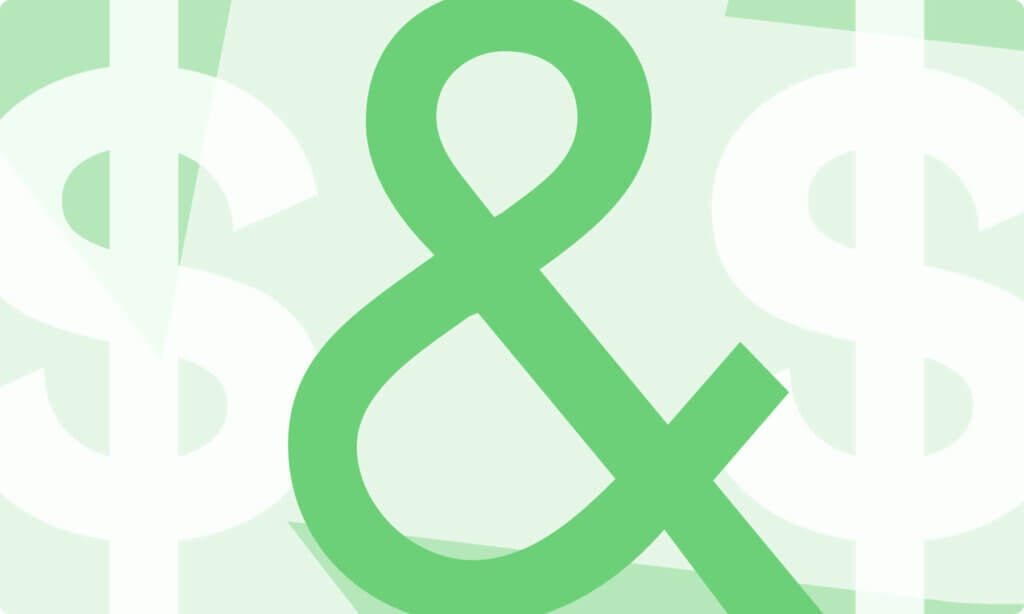
Bed Bath & Beyond
Let’s clear up a bit of confusion before diving into the nuts and bolts of selling on Bed Bath & Beyond. Recently, there has been a mix-up with Overstock rebranding, but to set the record straight – Overstock remains its own entity; it hasn’t rebranded as Bed Bath & Beyond.
Instead, what we have seen is an evolution of Bed Bath & Beyond’s marketplace. They’ve stepped up their eCommerce game by inviting third-party sellers to join their platform, which is broadening their product offerings beyond just home goods. Selling here now means you’re part of a cherished brand that has been outfitting homes for decades.
Cost of selling on Bed Bath & Beyond
At Bed Bath & Beyond, you’ll encounter a traditional commission-based model. The percentage can vary depending on categories, with most around the typical retail markup percentages.
To become a seller, you start by applying through Partner Space—their vendor portal—so they can vet your products, ensuring they meet their quality standards. Unlike some other marketplaces where fees might be upfront and fixed, this platform runs more like a consignment store – if your item sells, Bed Bath & Beyond takes its cut.
Why sell on Bed Bath & Beyond?
Imagine having your products displayed in one of the best marketplace websites known for quality household items! It’s like getting an instant badge of credibility. Here’s why seizing this opportunity could be worth your while:
- Brand Association: Selling on this renowned eCommerce marketplace amplifies your visibility exponentially. Their commitment to curating a quality selection translates into less noise from competitors, too, meaning your excellent product has much better chances of catching that discerning shopper’s eye.
- Strong Customer Base: Leverage their dedicated customer base that frequents the site for dependable home essentials. Plus, let’s talk about Basket Building—the Holy Grail for online retail: Customers at Bed Bath & Beyond often shop for multiple items to spruce up their living spaces; hence, someone popping in for bedding might just pick up your kitchen gadget en route to checking out!
- Cross-Promotion: Benefit from Bed Bath & Beyond’s robust marketing engine, which includes email campaigns, promotions, and deals—and your products could be featured within those initiatives.
In summary, making it onto their shelves—virtual ones included—isn’t merely about transactions; it’s about becoming part of lifestyle aspirations, which is where true value lies. After all, shopping at Bed Bath & Beyond isn’t solely a purchase; it’s cultivating comfort and joy within one’s sanctuary called home.
Selling on Bed Bath & Beyond?
Learn about the eDesk & Bed Bath & Beyond’s integrations and take your customer service to the next level
Customer Service Software for Bed Bath & Beyond Marketplace Sellers ->
Kroger
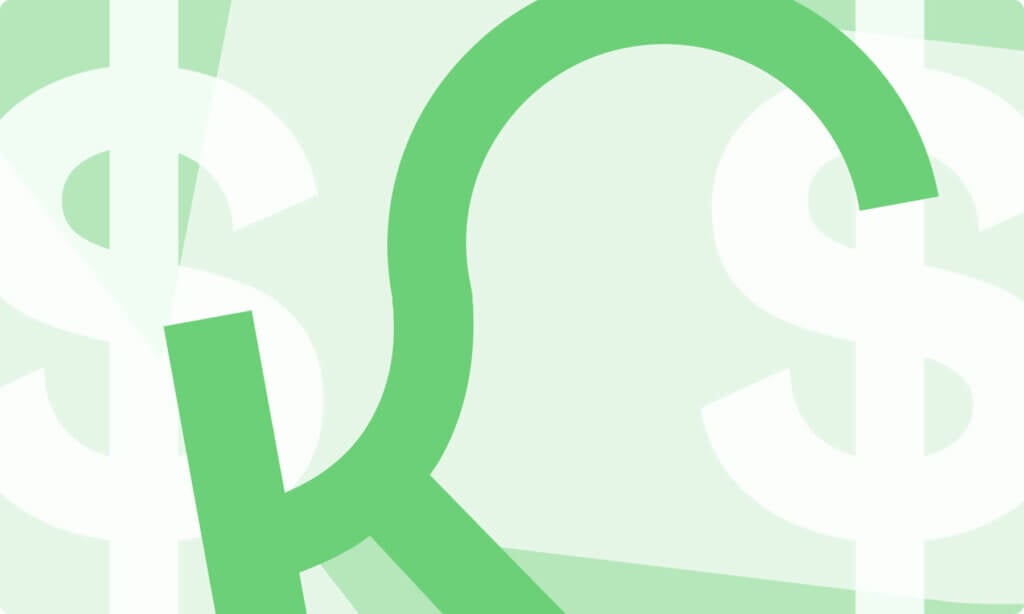
Kroger is one of America’s largest grocery retailers, with over 2,700 stores in 35 states. In 2020 Kroger extended Kroger Ship to offer customers an extended aisle of 50,000+ third-party products made available through marketplace partners.
Cost of selling on Kroger
The cost structure is relatively straightforward, but may vary depending on your specific agreement and partnership level with them.
Typically, to sell on Kroger’s digital marketplace, you’re looking at a commission-based fee system—this means you’ll part ways with a percentage of your sales revenue rather than paying an upfront cost or monthly subscription fee. The exact rates can differ based on product category and sales volume, making it crucial for you to review the details before committing.
Why sell on Kroger?
Kroger is undeniably an excellent choice for expanding your eCommerce footprint—and here’s why:
- Expansive Audience: With millions frequenting its stores weekly, selling through its digital extension opens your business to an extensive, loyal customer base.
- Renowned Reputation: As one of the best known names in groceries and general goods across the nation, associating your products with Kroger bodes well for brand trust.
- Data-Driven Insights: Given their sophisticated sales data analytics capabilities, partnerships often include valuable insights into consumer behavior that can refine your marketing strategies.
- Community Engagement: Finally, if local community ties are integral to your brand’s ethos, partnering up with Kroger allows benefits from their established connections and regional engagement initiatives.
Whether you’re looking at increasing sales or boosting visibility while benefiting from an already-established infrastructure and audience—you’ll likely find that featuring your products on this seasoned retailer’s eCommerce avenue aligns closely with achieving those ends.
Selling on Kroger?
Learn about the eDesk & Kroger’s integrations and take your customer service to the next level
Customer Service Software for Kroger Marketplace Sellers ->
Best Buy
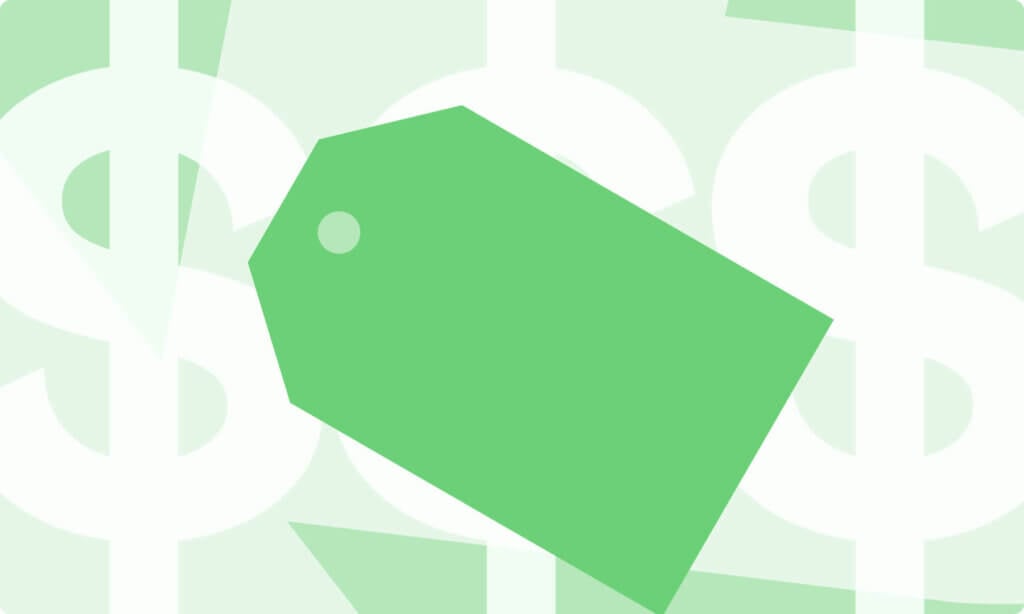
When we talk about the best online marketplaces, Best Buy often emerges as a top contender, especially for those dealing in electronics and related accessories. Selling on Best Buy opens your business to a specialized customer base that’s already interested in tech products.
Cost of selling on Best Buy
Partnering with Best Buy isn’t like setting shop in any electronic marketplace; it requires consideration of various costs. The fees can vary based on product categories, but typically include a commission rate contingent upon the item sold. It’s pivotal to keep an eye out for updates on their structure, as they can change over time.
Additionally, you may encounter some upfront costs if you opt for marketing services or choose to take part in promotional programs aimed at boosting visibility within the platform.
Take note that fees are also applied for handling returns which sometimes deters sellers but remember that this is commonplace across most eCommerce marketplaces.
Why sell on Best Buy?
Best Buy stands tall as not just a store but one of the best online selling platforms for consumer electronics. This status grants sellers incredible exposure paired with the credibility of an established retailer’s brand.
- Trusted Platform: Customers trust Best Buy for quality and authenticity, which means higher confidence in your products when listed here.
- Focused Consumer Base: If your products align well with tech-savvy shoppers, there’s hardly a better audience than what you’ll find at Best Buy.
- Promotional Support: With options like ‘Deal of the Day’ and advertising spaces, products can gain additional visibility—crucial for new entrants trying to make a mark.
Furthermore, integrating with Best Buy is typically streamlined via their API system, making inventory management efficient and user-friendly—a vital aspect considering how quickly technology items evolve and need updating.
Selling through any esteemed marketplace brings its set of challenges. However, when navigated properly with precise focus on competitive pricing and high-quality listings, it can catapult sales figures into realms that perhaps other platforms wouldn’t fulfill given their less-specialized nature.
Selling on Best Buy Canada?
Learn about the eDesk & Best Buy’s integrations and take your customer service to the next level
Customer Service Software for Best Buy Canada Marketplace Sellers ->
Wish
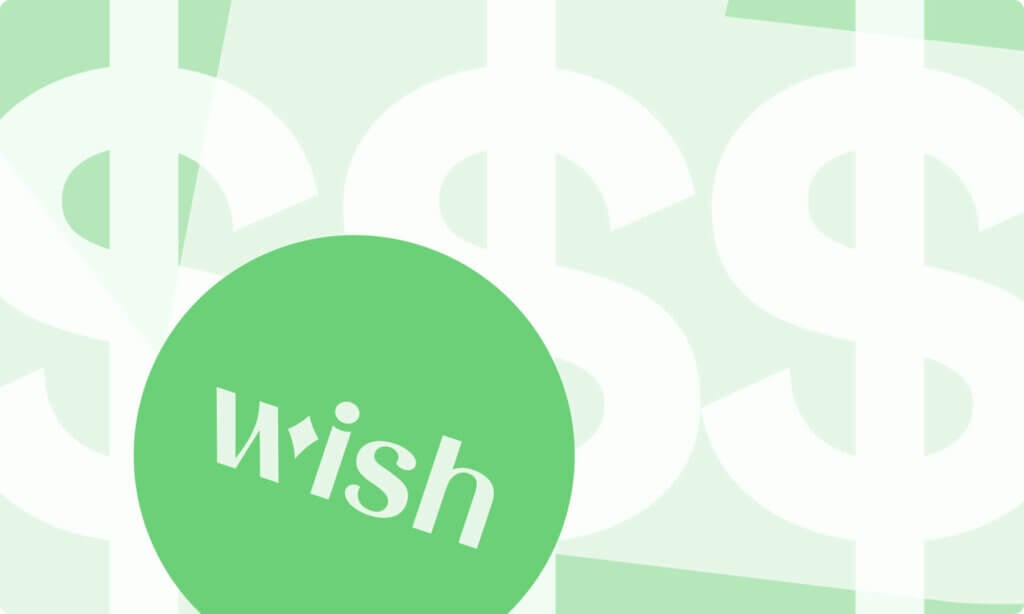
Wish is one of the largest eCommerce marketplaces in the world, selling everything from clothing to electronics. Wish was founded in San Francisco in 2010 and is now active in 60+ countries around the world, boasting 170,000 registered merchants and selling 900,000 products per day.
Cost of selling on Wish
Known primarily as a global platform that connects customers with an array of affordable goods, Wish presents a straightforward fee system:
- Listing fees: Sellers can rejoice in knowing that listing their products on Wish comes without charge. That’s right! You can place countless items up for sale at no extra cost.
- Sales commission: Once you start making sales, Wish takes a slice of the pie. They charge a standard commission rate, typically ranging from 10% to 15% of each transaction. This means more money stays in your pocket compared to some other digital marketplaces.
Moreover, there are no hidden monthly or subscription fees lurking around the corner. For someone looking to hop into the best place to sell stuff online without much upfront investment, Wish could be your ticket.
Why sell on Wish?
Here’s why tapping into this worldwide marketplace might be a strategic move:
- Massive customer base: With millions of users browsing through their catalog monthly, exposure is something you’ll have in spades when selling on Wish.
- Genius algorithm: One size doesn’t fit all here; instead, personalized browsing experiences keep customers engaged and increase the likelihood they’ll stumble upon your products.
- Customer diversity: Since it’s truly a global platform, you’re not restricted to US shoppers alone – your potential customer pool spans across countries and continents.
- Mobile optimization: Let’s face it: mobile shopping is king these days. The great news? Most of Wish’s transactions happen via smartphones and tablets, meaning streamlined shopping for customers and potentially higher conversion rates for you.
- No upfront costs: Remember how we noted there’s no initial fee to list your products? That makes trying out this digital marketplace virtually risk-free financially.
Ultimately, picking where to expand your online presence boils down to understanding which marketplaces align best with your business goals and resources. If reaching a wide audience with minimal upfront expense sounds appealing (and profitable), then consider granting ‘Wish’ granted as one among many e-marketplaces worthy of your inventory.
Selling on Wish?
Learn about the eDesk & Wish’s integrations and take your customer service to the next level
Customer Service Software for Wish Marketplace Sellers ->
Saks
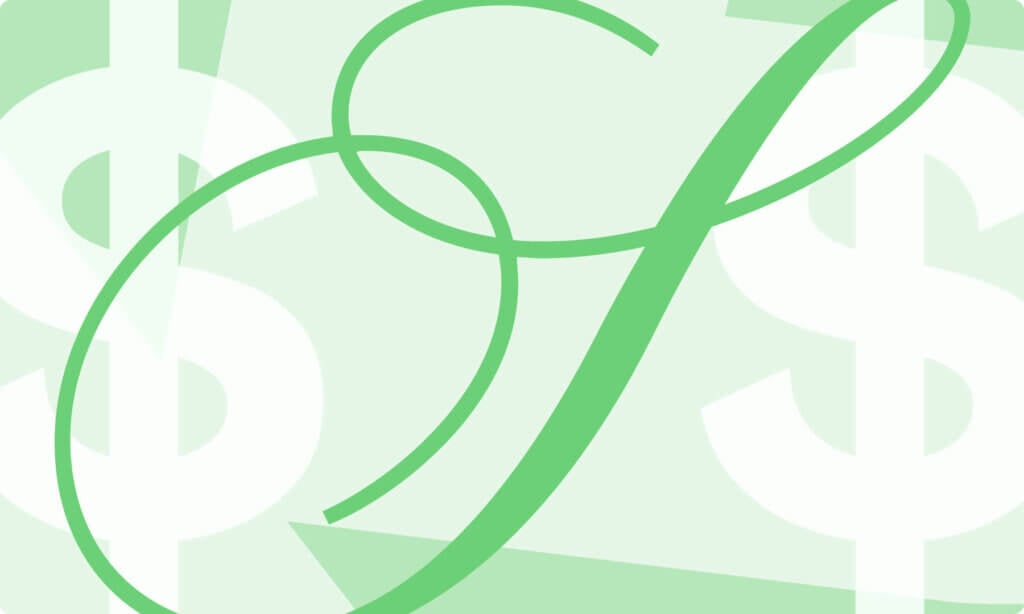
Saks Fifth Avenue is a renowned luxury department store and premier digital platform for luxury fashion in North America, that has made a seamless transition into the digital age with its online marketplace.
Cost of selling on Saks
Selling on Saks.com entails a mix of fees, such as sales commission fees and potential listing fees. The specific figures depend on your vendor agreement and product categories you are selling in. However, it’s important to remember that the financial benefit of being attached to a well established brand like Saks.com often outweighs any cost associated with selling.
Why sell on Saks
Selling on Saks.com offers an unparalleled opportunity for brands seeking to position themselves in the niche of luxury and exclusivity.
- Exposure in your Niche: With around 1 million average daily visitors to saks.com, listing your products on the platform can yield enormous results in terms of reach and potential sales globally.
- Trusted brand: The Saks Brand has been a major player in the luxury fashion industry since 1924, known for delivering excellent service. Associating your products with the brand will give them higher credibility.
Selling on such a renowned platform, will come with its challenges, but by positioning your products strategically, there are great opportunities to scale and nominate your niche.
In summary, selling on Saks Fifth Avenue Marketplace is not just about reaching customers; it’s about positioning your brand among the elite, gaining access to a sophisticated audience, and benefiting from the global reputation of one of the world’s foremost luxury retailers.
Selling on Sak’s?
Learn about the eDesk & Sak’s integrations and take your customer service to the next level
Customer Service Software for Sak’s Marketplace Sellers ->
Madewell
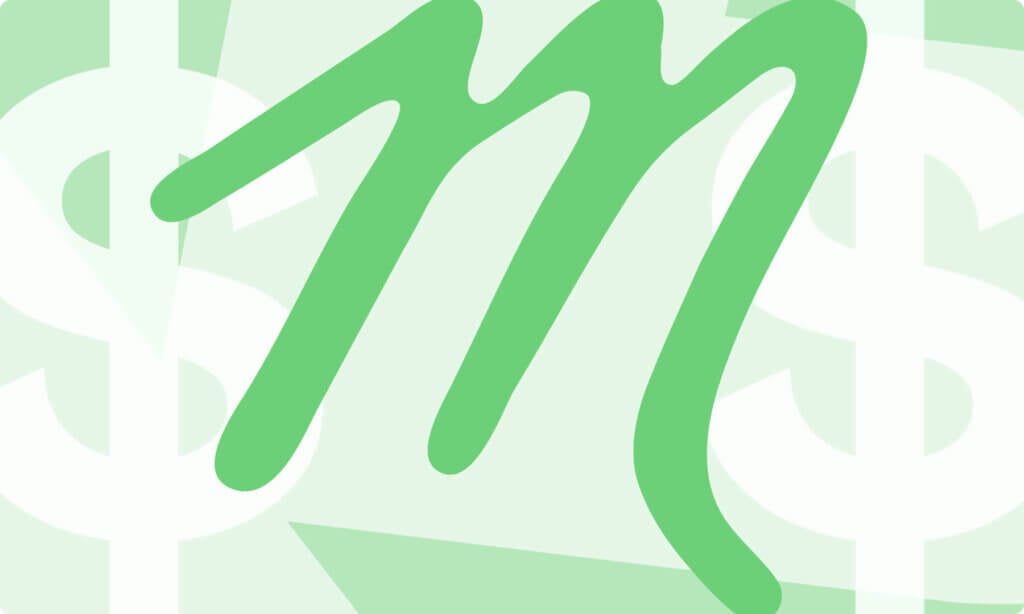
Madewell is a community-driven clothing destination for men and women, specializing in Denim as its core product category. The brand is driven by sustainability, customer loyalty and community with initiatives like ‘Labels we love’ which highlights products from third-party brands.
Cost of selling on Madewell
Selling on Madewell.com as a third-party seller comes with a cost structure that aligns with the benefits of reaching their engaged customer base. Madewell typically charges sellers a commission fee, a percentage of the item’s sale price, when a transaction occurs. This commission-based model ensures that sellers contribute to the platform’s revenue proportionate to their sales success. Additionally, there might be other potential fees, such as listing fees, depending on specific agreements and arrangements. It’s crucial for sellers to carefully review Madewell’s terms and conditions to understand the comprehensive cost implications.
Why sell on Madewell
If you’re a fashion brand looking to expand your reach among engaged consumers, Madewell might be the solution for you.
- Customer focused: Madewell prides themselves on having developed a platform that prioritizes customer values and provides a seamless shopping experience across their first first-party and third-party products. As a result, you’ll benefit from exposure to a truly engaged and loyal customer base who are willing and ready to purchase.
- Brand Endorsement: Third-party sellers on Madewell are categorized as ‘Labels we love’. Such a strong endorsement from a brand with a truly engaged customer base can do wonders for your brand’s credibility.
- Focused Consumer Base: If your products appeal to the 18-24 year old fashion-forward shopper, then Madewell may be the place for you to sell. By listing your products on Madewell you’ll get direct access to this demographic.
Selling on Madewell?
Learn about the eDesk & Madewells’s integrations and take your customer service to the next level
Customer Service Software for Madewell Marketplace Sellers ->
Fanatics Live

Fanatics Live is the livestreamed marketplace concept from Fanactis.com, which specializes in the sale of sports trading cards.
Cost of selling on Fanatics
As a seller, you will be required to pay transaction fees on any product sold. The fees currently include a 6% transaction fee and a payment processing free of 2.9% + $0.30
Why sell on Fanatics
- Engaged audience: Fanatics are focusing on shopping as a byproduct of entertainment. The livestreaming aspect of Fanatics live results in a highly engaged audience with a genuine interest in sports trading cards, and as viewers have to place live bids on items, there is more urgency and excitement around each purchase.
- Connect with buyers: The ‘Live shows’ section is placed front and center on Fanatics live, so potential buyers can see exactly when your brand is hosting a live shopping event, attracting more interested shoppers. You’ll also have your own shop area which details upcoming shows, replays and allows users to follow your shop, all of which really helps to build a sense of community.
So if you’re in the business of sports trading cards, this livestreamed marketplace concept is a sure way to get your brand noticed.
Selling on Fanatics?
Learn about the eDesk & Fanatics’s integrations and take your customer service to the next level
Customer Service Software for Fanatics Marketplace Sellers ->
